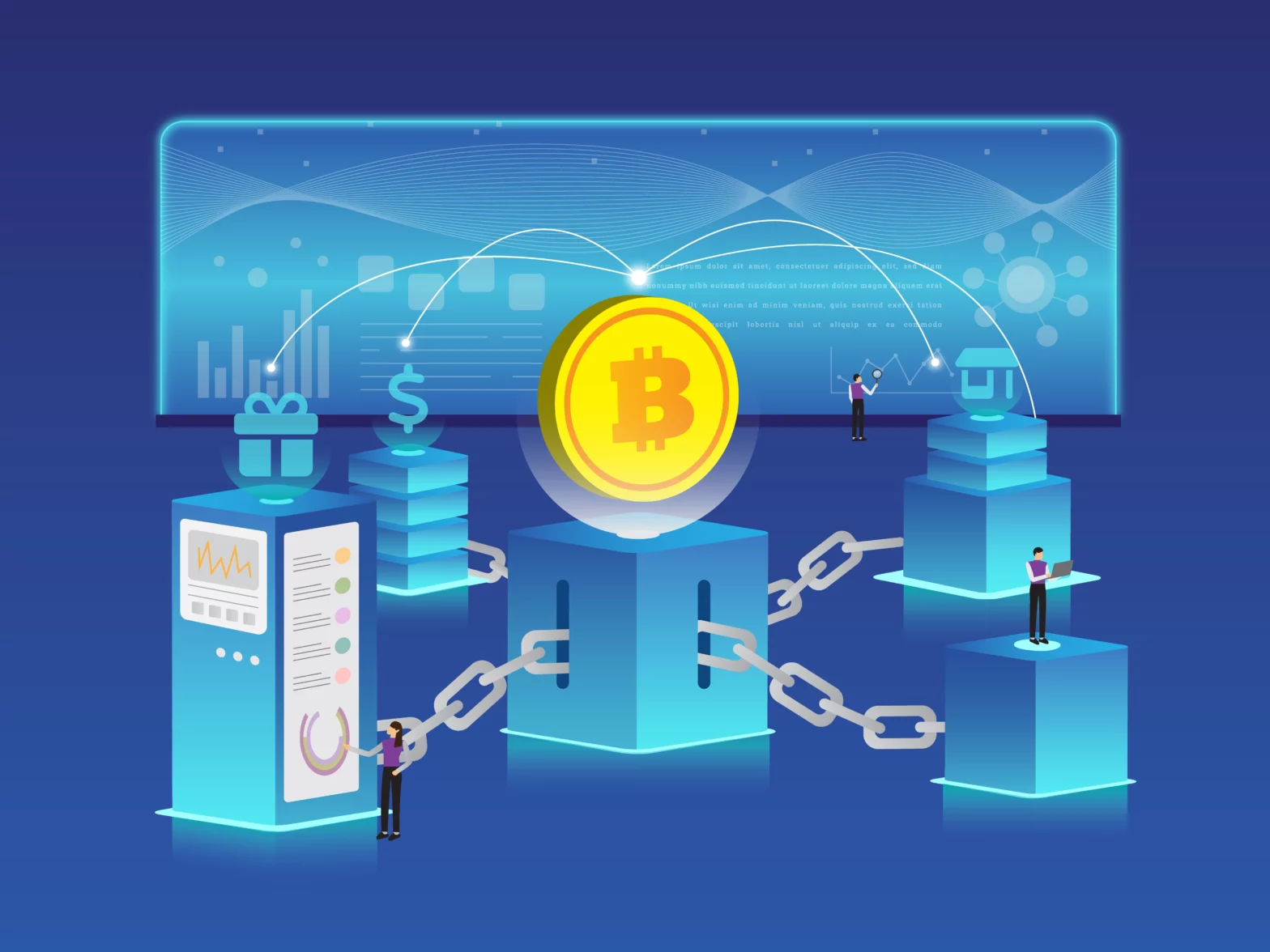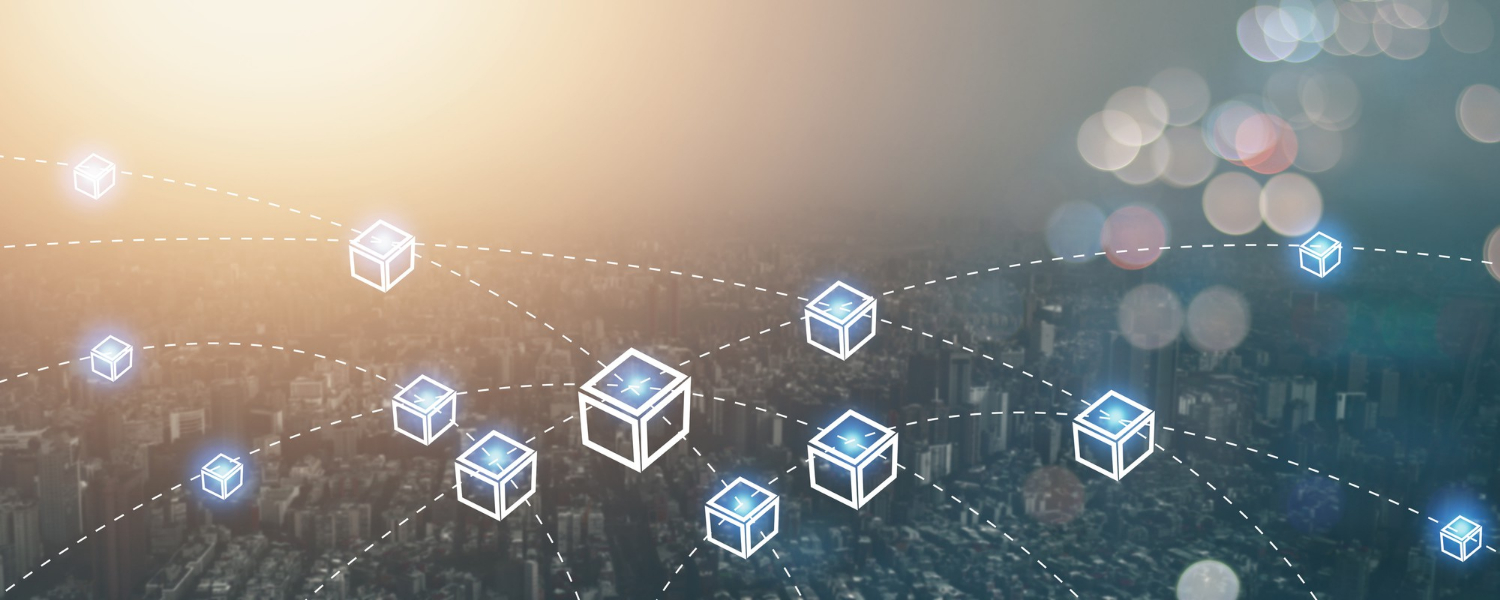The mining industry is essential to modern life, providing the raw materials for everything from smartphones to infrastructure projects. However, it’s also known for its high-risk nature, encompassing environmental, safety, and operational challenges. Enter blockchain technology, which is revolutionizing risk mitigation in mining by enhancing transparency, traceability, and accountability throughout the supply chain. In this blog, we’ll explore how blockchain is transforming risk mitigation in the mining sector and the profound implications for sustainability and responsible resource extraction.
Understanding Risk in Mining
Before we delve into blockchain’s role in risk mitigation, let’s understand the multifaceted risks associated with mining:
- Environmental Risks: Mining operations often have significant environmental impacts, including habitat disruption, soil erosion, water contamination, and deforestation. The release of hazardous substances and greenhouse gases further exacerbates these risks.
- Safety Risks: Mining is inherently dangerous. Miners are exposed to risks such as cave-ins, explosions, and exposure to harmful gases. Safety measures and training are critical to mitigating these risks.
- Operational Risks: The mining industry faces operational risks related to equipment failure, supply chain disruptions, and volatile commodity prices. These risks can impact production levels and profitability.
- Regulatory Risks: Compliance with complex and evolving regulations is a significant challenge for mining companies. Violations can result in fines, legal disputes, and reputational damage.
- Social Risks: Mining often occurs in regions inhabited by local communities. Social risks include conflicts over land rights, displacement of communities, and concerns about the impact of mining on local cultures and livelihoods.
Blockchain’s Role in Risk Mitigation
Blockchain technology has the potential to transform risk mitigation in mining by addressing key challenges:
- Transparency and Traceability: Blockchain creates a transparent and immutable ledger of transactions and data entries. Each step in the mining supply chain, from extraction to transportation and processing, can be recorded as a block on the blockchain. This ensures that once information is entered, it cannot be altered or deleted, providing a high level of data integrity and trust.
- Environmental Risk Mitigation: Blockchain can be used to monitor and record environmental data, such as water quality and emissions levels, in real-time. This data can be accessible to regulators and the public, ensuring that mining operations comply with environmental regulations and reduce their ecological footprint.
- Supply Chain Traceability: Blockchain enables end-to-end supply chain traceability. Minerals can be tagged with unique identifiers at their source, and their journey through the supply chain can be monitored and verified. This helps prevent the entry of conflict minerals into the market and ensures ethical sourcing.
- Operational Risk Management: Mining companies can use blockchain to improve operational risk management. Predictive maintenance programs can be implemented, leveraging data analytics and sensors to identify equipment issues before they lead to breakdowns, reducing downtime and repair costs.
- Compliance and Reporting: Blockchain simplifies compliance with regulatory requirements. Mining companies can maintain an auditable record of each mineral’s origin and journey, making it easier to demonstrate compliance with environmental and social regulations.
Benefits of Blockchain in Mining Risk Mitigation
- Environmental Stewardship: Blockchain promotes environmentally responsible mining by providing real-time data on environmental impact and ensuring compliance with regulations.
- Safety Enhancements: Improved operational efficiency through predictive maintenance reduces equipment-related safety risks for miners.
- Ethical Sourcing: Blockchain helps verify the ethical sourcing of minerals, reducing the risk of using conflict minerals and promoting responsible mining practices.
- Regulatory Compliance: Maintaining a transparent and immutable record of operations simplifies compliance with environmental, safety, and social regulations.
- Community Engagement: Blockchain can facilitate better engagement with local communities, addressing social risks and building trust.
Conclusion
Blockchain technology is reshaping the mining industry’s approach to risk mitigation. By providing transparency, traceability, and accountability, blockchain helps address environmental, safety, operational, regulatory, and social risks. Mining companies that embrace blockchain not only mitigate risks but also promote sustainability, responsible sourcing, and ethical practices.
As the world demands greater responsibility and transparency in resource extraction, blockchain emerges as a powerful tool for transforming the mining industry. It ensures that minerals are sourced responsibly, environments are protected, and communities are engaged and respected. Ultimately, blockchain-driven risk mitigation in mining is not just a technological advancement; it’s a fundamental shift toward a more sustainable and ethical future for the industry and the planet.
MSRvantage Blockchain solutions provide comprehensive and reliable ways to enhance security and provide end-to-end visibility among trading partners. With the enormous power of blockchain enable the ability to fight fraud and counterfeits with a complete view of the complex transaction phases. Mining sectors across the world can rely on us for speed, transparency, traceability, efficiency, and accuracy.
Recent posts


Cultivating Sustainability: The Role of Traceability Solutions in Revolutionizing Agriculture Practices
In an era where the global population is on the rise and environmental concerns are at the forefront of discussions, the need for sustainable agricultural
Read more 


Transforming Mining: Risk Mitigation with Blockchain Technology
The mining industry is essential to modern life, providing the raw materials for everything from smartphones to infrastructure projects. However, it's also known for its
Read more 


The Power of Supply Chain Mapping Using Blockchain in Mining
The mining industry is a complex and critical sector that forms the backbone of many global supply chains. It encompasses the extraction, transportation, and processing




